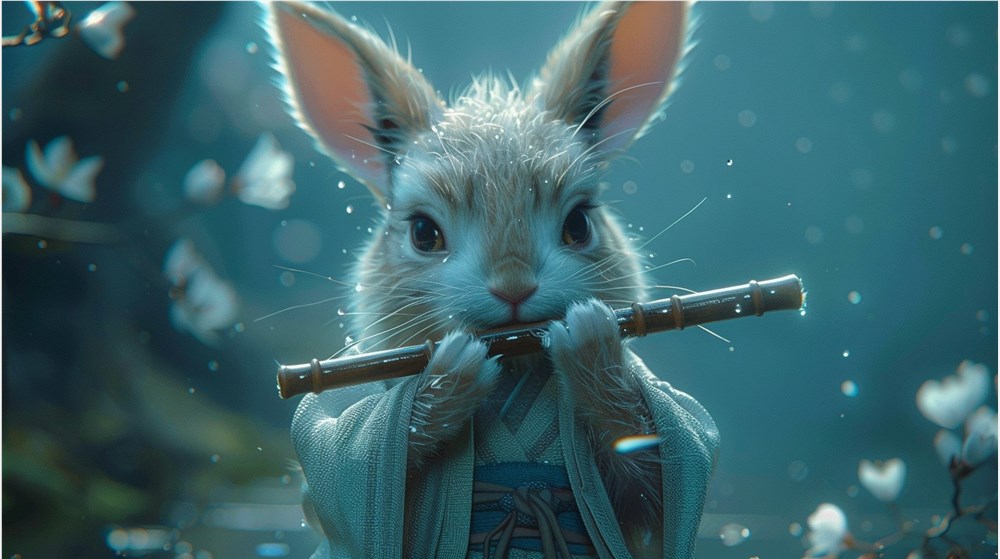Shengshu's Vidu Q1 Revolutionizes Video Production with AI
Shengshu's Vidu Q1 Transforms Video Production with AI Innovation
At the WAIC 2025 World Artificial Intelligence Conference, Shengshu Technology made waves with the launch of its groundbreaking "Reference Video" feature for the Vidu Q1 platform. This advancement marks a significant leap in AI-powered video generation, fundamentally altering traditional production workflows.
Streamlining Content Creation
The revolutionary feature eliminates the need for complex pre-production storyboarding. Users can now:
- Upload reference images of characters, props, and scenes
- Input text prompts describing their desired content
- Generate complete video sequences in significantly reduced time
"The production process has been condensed from four stages to just two," explained a Shengshu spokesperson. "Where creators previously needed storyboarding, generation, editing and finalization, they now simply provide references and generate directly."

Solving Commercialization Challenges
The technology addresses critical industry pain points:
- Subject consistency: Maintains character integrity across scenes
- Multi-subject handling: Supports up to seven simultaneous subjects
- Creative flexibility: Adaptable to diverse commercial applications
"This represents an essential shift from offline shooting to online AI creation," stated Lu Yihang, CEO of Shengshu Technology. The system has demonstrated particular promise in advertising, animation, and educational content production.
Technical Foundations
The Vidu platform combines:
- U-ViT architecture blending diffusion models with Transformer technology
- Multimodal understanding capabilities built directly into the model framework
- Industrial-first optimization prioritizing content quality over technical novelty
"Our clients care more about output quality than our technical approach," Lu emphasized during his conference presentation.
Expanding into Embodied Intelligence
The company recently partnered with Tsinghua University to launch the Vidar model, which:
- Bridges video generation with robotic movement systems
- Requires minimal training data through innovative transfer learning
- Opens new commercial possibilities in automation and robotics
Key Points:
- Vidu Q1's Reference Video feature eliminates traditional storyboarding requirements
- System maintains consistent character representation across generated content
- Technical foundation combines diffusion models with Transformer architecture
- New embodied intelligence applications demonstrate platform versatility
- Commercial focus prioritizes practical applications over theoretical approaches